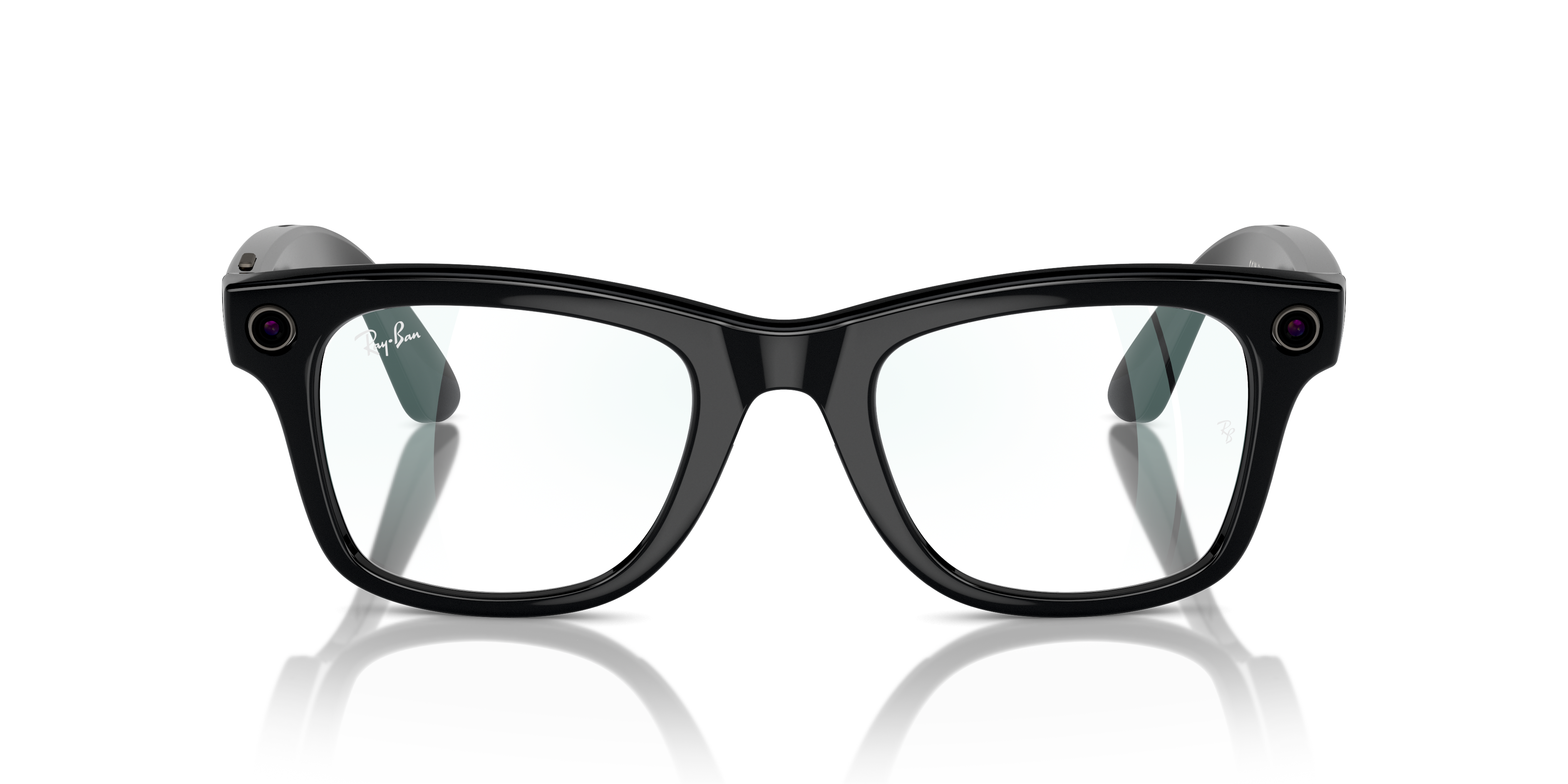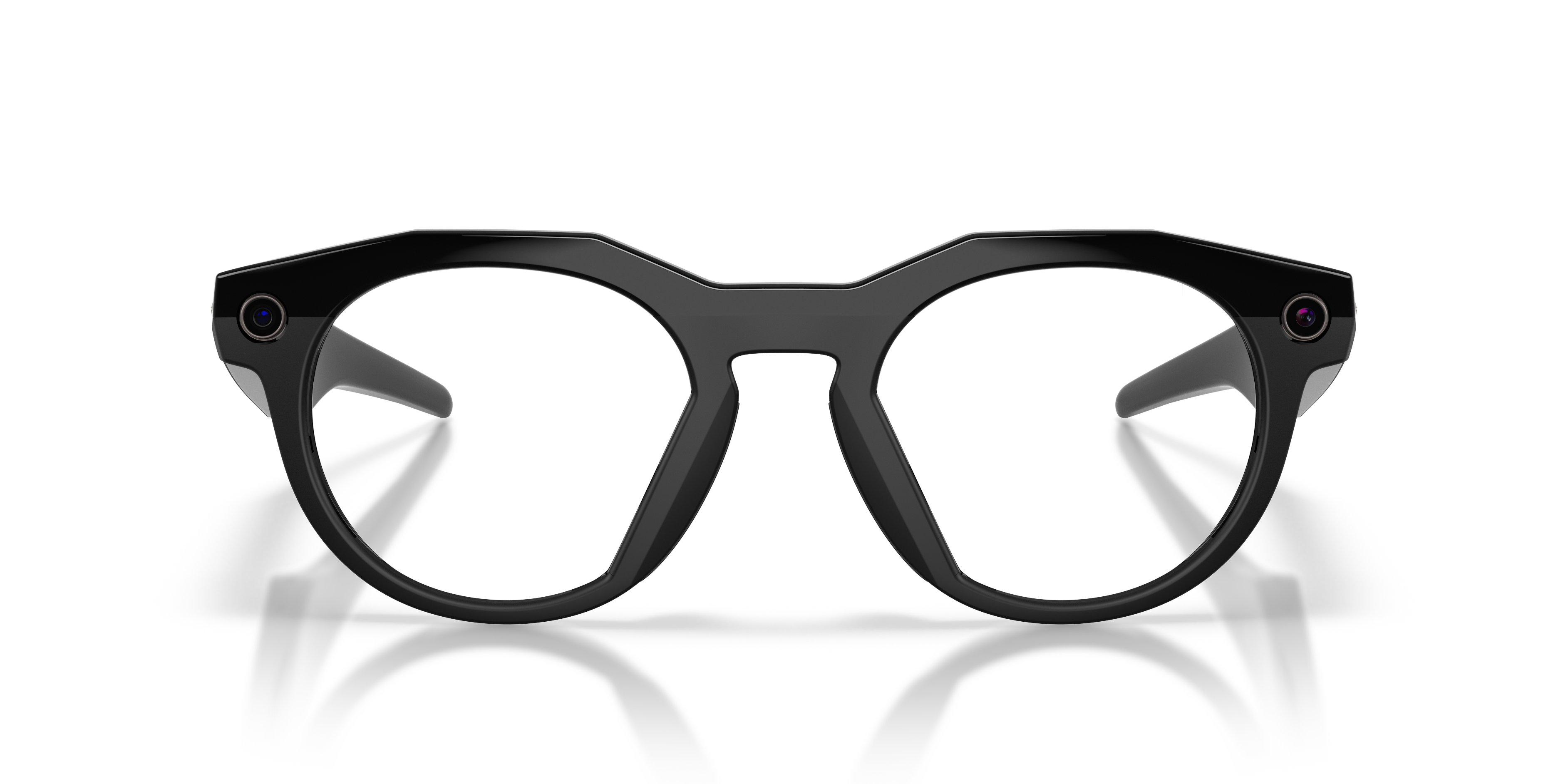Comprehensive
Eye exams
An annual comprehensive eye exam is crucial for maintaining good vision and overall health. With an Independent Doctor of Optometry located at or near each LensCrafters store, scheduling a yearly eye exam has never been easier. You can book your appointment online and find a convenient location to ensure clear and healthy eyesight as you age. Eye exams also provide an opportunity for you and your doctor to stay informed about any changes in your vision and health.

HOW OFTEN SHOULD
YOU GET AN EYE EXAM?
It's never too early to schedule an eye exam. According to the American Optometric Association, eye exams are recommended for children at 6 months old, 3 years old and before starting first grade (age 6).
Starting eye exams at an early age can help ensure a Kid’s eye care is developing normally before they begin school. And the benefits of eye exams are often reflected in their academic success.
After age 6, eye exams are recommended every year for children who need glasses or contacts. If no vision problems are detected, a child should have a comprehensive eye exam every other year.
The risk of eye disease increases after age 401. This makes annual eye exams even more important for older patients. Early detection is key to preventing and treating eye health problems. In fact, 80% of global visual impairment is avoidable if prevented or corrected with proper treatment2.
what happens
during
an eye
exam?
A typical eye exam checks your vision and the health of the eye itself. The Snellen eye chart is the first and most basic way to measure your visual acuity, which is how clearly you can see.
If your visual acuity is not 20/20 (what’s considered “good” or “average” vision), your eye doctor will test for Common eye conditions. Common refractive errors include myopia (nearsightedness), hyperopia (farsightedness) and astigmatism.
Specific eye exams can be done for people who have a pre-existing condition, such as diabetes. A diabetic eye exam pays special attention to the health of the retina and other parts of the eye that diabetes can affect. People with diabetes are 60% more likely to develop cataracts, which makes regular diabetic eye exams even more critical3.
WHAT CAN AN EYE
EXAM DETECT?
The eye is one of the few places in the body where blood vessels are clearly visible. Because of this, eye doctors can check for common diseases that often appear in the eye first, such as diabetes and high blood pressure.
These diseases usually develop later in life along with glaucoma and cataracts. However, other conditions like amblyopia (lazy eye) may develop during infancy.
Beyond diabetes and high blood pressure, there are other conditions an eye exam can detect, such as thyroid eye disease and malignant eye melanoma.
Many eye and vision problems have no obvious symptoms, which makes them harder to notice when they first develop. Preventative eye exams make early detection of these problems possible. Early detection allows for prompt care, which often makes treatment easier and more effective.


DIGITAL EYE EXAM
New precision technology has improved eye exams by giving you and your doctor a more complete picture of your eye health. For many eye doctors, advanced diagnostics have replaced older eye test methods.
Here is some of the innovative technology you can look forward to at your next LensCrafters eye exam:
VISION PROFILER. This tool provides a detailed visual profile that’s like a fingerprint for your eye. It can even detect the differences in how your eye sees in daylight versus at nighttime.
LENS PROFILER. This digital lens meter measures your current prescription instantly and accurately. Then it calculates a prescription starting point so there’s no guesswork. It gives your eye doctor a quick baseline before starting your eye exam and can simulate a comparison of your vision before and after correction.
DIGITAL RETINAL SCAN. This digital retinal technology scans your eyes then prints out a 'map' of your interior eye system. This map gives your doctor a clear, comprehensive look at your eye health. Dilation often isn't needed with this technology, so you can leave afterward without having to worry about light sensitivity or difficulty focusing.

TIPS TO KEEP YOUR EYES
HEALTHY
BETWEEN
EXAMS
To build upon the benefits of an eye exam, you can practice daily eye care habits to help maintain your eye health between visits. Here are some simple steps you can take each day to help care for your eyes:
INVEST IN QUALITY SUNGLASSES. Everyone in your family, including young kids, should wear sunglasses with polarized lenses. These offer UV protection for your eyes all year long — even in the shade and during winter.
WEAR SAFETY GOGGLES WHEN NEEDED. Eye injuries from sports, yardwork, home repair and high-risk work environments can be prevented by up to 90% with eye safety goggles4.
BE SMART WITH DIGITAL SCREENS. Between computers, smartphones, tablets and TVs, your eyes are constantly exposed to screens. Combat computer vision syndrome (CVS) by considering anti-reflective lenses to reduce glare. You should also take frequent breaks during screen time to allow your eyes to rest.
EAT WELL. Eating well has so many benefits, including maintaining healthy eyes. Make sure your diet includes plenty of fruit and vegetables, whole grains, and lots of water.
KEEP YOUR HANDS AWAY FROM YOUR EYES. Touching your eyes frequently will expose them to bacteria and germs. Plus, rubbing too hard can irritate your eyes further, or even break a blood vessel.
BE MINDFUL WHEN USING EYE DROPS. Contacts, contact solution and eye drops all expire, so check the expiration dates before use. You should also avoid making redness-reducing drops part of your daily routine.
These drops work by shrinking your blood vessels and reducing blood flow to your cornea, which robs the eye of oxygen. Long-term use can cause more redness as your eyes get used to the drops. Instead, talk to your optometrist about the best solution for dry, itchy or red eyes.
TAKE OUT YOUR CONTACTS AT BEDTIME. Even if your contact lenses are approved for overnight wear, it’s better for your eyes to avoid sleeping in them. Sleeping without contacts allows your eyes to breathe and eliminates the opportunity for bacteria to grow on your contacts.
REMOVE MAKEUP. Eye makeup can clog important glands around your eyes and irritate your skin. Take a few minutes each night to carefully remove your makeup before going to bed.
SOURCES
- Vision loss and age. Centers for Disease Control and Prevention. June 2020.
- World sight day: Learn more about “avoidable blindness” and schedule a comprehensive eye examination. Vision Aware. October 2018.
- Cataract. Diabetes.co.uk. June 2022.
- Eye safety at home: Preventing eye injuries. American Academy of Ophthalmology. EyeSmart. March 2016.
- Computer vision syndrome. American Optometric Association. Accessed January 2023.
Book an eye exam in 3 easy steps
Choose your location
Schedule an eye exam
Add to calendar





















































